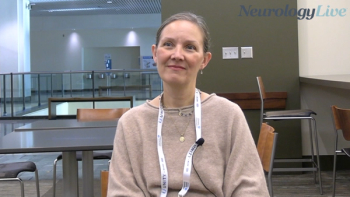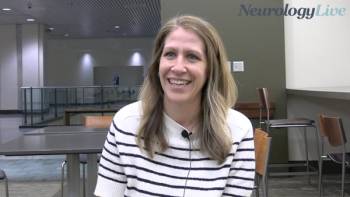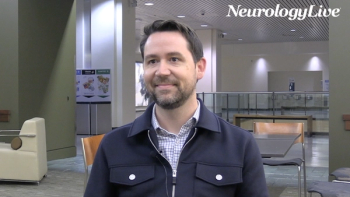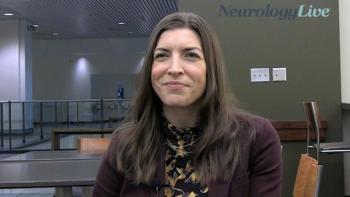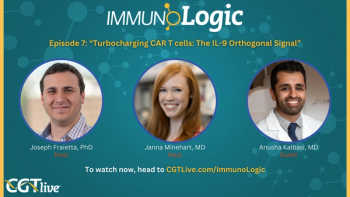
Dr. DiPersio on Investigational Targeted Cellular Therapies in AML
John F. DiPersio, MD, PhD, discusses the current state of CAR T-cell therapy, dual affinity re-targeting, bi-specific T-cell engagers, and antibody-drug conjugates for acute myeloid leukemia treatment.
John F. DiPersio, MD, PhD, deputy director of the Siteman Cancer Center and professor in the Department of Medicine, Oncology Division, at Washington University School of Medicine in St. Louis, discusses the current state of CAR T-cell therapy, dual affinity re-targeting (DART), bi-specific T-cell engagers (BiTEs), and antibody-drug conjugates (ADCs) for acute myeloid leukemia (AML) treatment.
Gemtuzumab ozogamicin (Mylotarg), an ADC, is
DiPersio would argue that the reason treatments for AML are lagging behind other hematologic diseases is the choice of targets may not be ideal. The targets currently used are expressed widely in other cells, including maturing myeloid cells, especially monocytes, which are the cells that create the chemokines and cytokines that cause cytokine release syndrome (CRS). Currently, patients with relapsed AML who will undergo transplant get modest response rates, but improvements are necessary, says DiPersio. One method to improve response rates is to use checkpoint inhibitors, which will hopefully make the treatment work better but will exacerbate CRS. Another option is to find a better way to mitigate CRS in order to increase the dose of the drugs, concludes DiPersio.
Newsletter
Stay at the forefront of cutting-edge science with CGT—your direct line to expert insights, breakthrough data, and real-time coverage of the latest advancements in cell and gene therapy.

